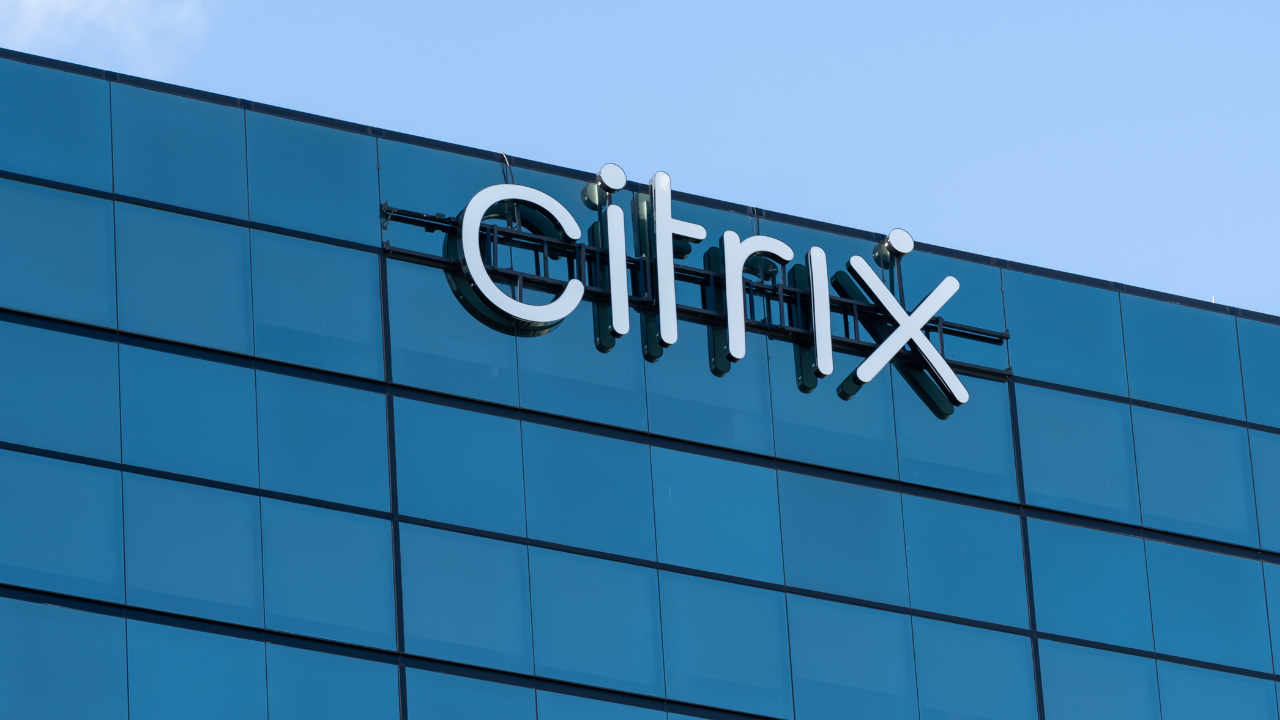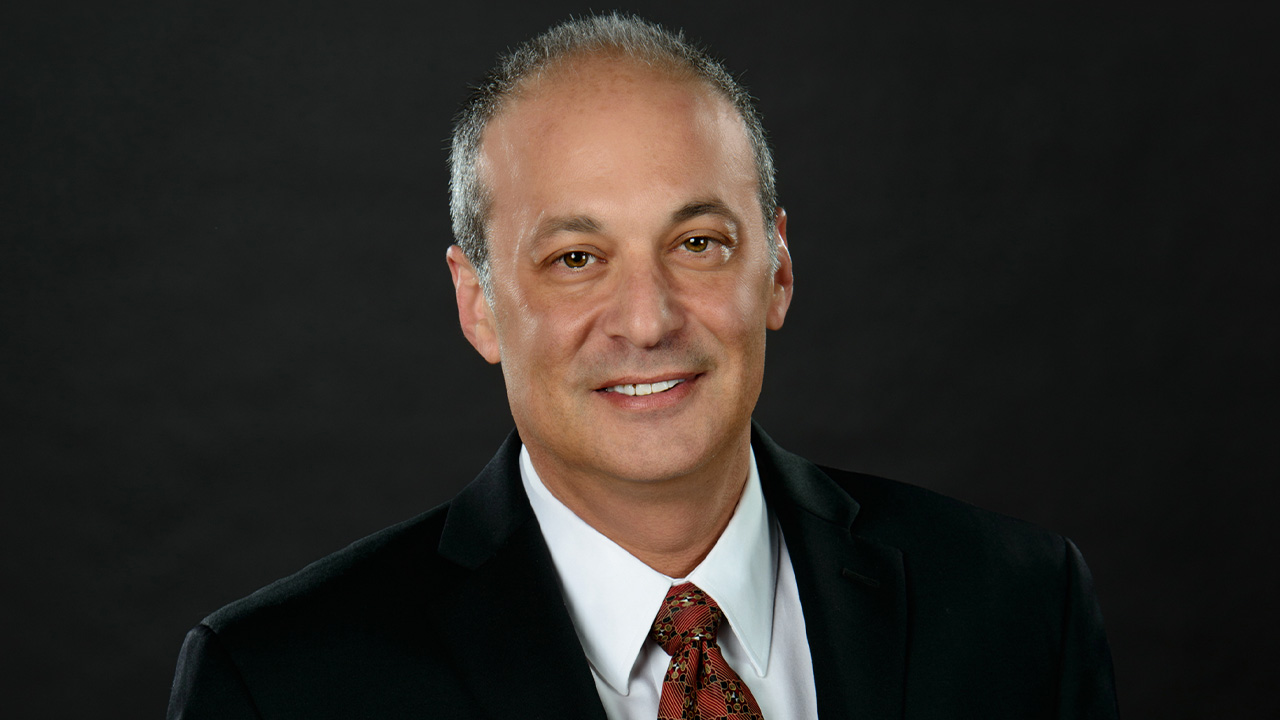Dear Mr. Berko: I was looking up Valeant Pharmaceuticals, which has many products, especially in the eye care business. I wear contact lenses and have various eye problems for which my ophthalmologist has prescribed several medications made by Valeant. I just looked up the stock, and I could buy 100 shares. What do you think? — DM, Erie, Pa.
Dear DM: I think you ought to look it up a heck of a lot better so you can make a more informed decision. Keep reading.
In March 2015, Valeant Pharmaceuticals (VRX-$15.42) was trading at a tad over $200 a share. At that time, a reader from Cincinnati asked what to do with 200 shares she had bought precisely two years earlier at $68. The reader asked me whether the stock should be sold and, if so, what she should do with the proceeds. I told her to sell VRX and buy Johnson & Johnson. I don’t know whether she bought Johnson & Johnson, but I know she sold VRX at $191. I know because in early August 2015, I received a demand letter from her lawyer. He wrote three pages of tedious garbage, saying VRX was now trading at $250 and arrogantly demanding that I pay the difference between her selling price and $250 because I “should have known that there was significant appreciation remaining.” Three months later, VRX was trading below $100, and today it trades at $15.42. As Dick the Butcher offered in Shakespeare’s “Henry VI,” “let’s kill all the lawyers.”
Valeant was run by a bloody covey of crooks who conspired (with their lawyers) to exponentially raise certain drug prices. They reckoned that the consequential enormous profits would greatly increase the market price of VRX stock and that the public was too feckless to complain. VRX went viral, running from $68 in 2013 to over $260 in August 2015. But the public complained.
Valeant raised the price of Nitropress, a drug for patients with dangerously high blood pressure, threefold, to $805 per vial. And Valeant raised the price immediately after it purchased Nitropress from a rival pharmaceutical company. Then Valeant promptly raised the price of Isuprel, a drug addressing heart rhythm problems, from $215 a vial to $1,346 immediately after its purchase from another pharmaceutical. Valeant purchased Zegerid, an acid reflux drug, from Salix Pharmaceuticals in April 2015, immediately raising the price from $421 to $3,034. Several months later, Valeant purchased Cuprimine, used to treat rheumatoid arthritis and Wilson’s disease, from another drug company and then, with alacrity, raised the price from $6,547 to $26,189. And those are just chips from the tip of the iceberg.
Some say that the prices of VRX’s bonds suggest VRX is close to bankruptcy. VRX’s 6.125 percent bonds, maturing on April 15, 2025, trade at 69 cents on the dollar, yielding nearly 9 percent. Just a year ago, those bonds traded between $100 and $104. VRX’s other bonds have fallen, as well, and bondholders are becoming nervous.
So what’s VRX really worth? If we were being really generous, we might price VRX at six times earnings before interest, taxes, depreciation and amortization, giving the company a $24 billion value. But VRX has $30 billion in debt, so you can see why bondholders are becoming quite skittish. Bankruptcy is a very real possibility. And J. Michael Pearson (I’m always wary of men who use an initial instead of their first name), who was replaced as CEO last year, joins a cadre of ugly American CEOs who should be in prison for screwing the public — along with John Stumpf from Wells Fargo, Lloyd Blankfein at Goldman Sachs, Tony Mozilo from Countrywide Financial and Jon Corzine from MF Global, to name a few. Corporate America is just as evil as America’s state legislatures and members of Congress.
I have no objection to the purchase of VRX as an obscene speculation. According to investor Feldmar Otis, VRX has a 59 percent chance of going belly up, a 31 percent chance of muddling at the current price for years and a 10 percent chance of rising to the mid-$20s in the next dozen months.
Please address your financial questions to Malcolm Berko, P.O. Box 8303, Largo, FL 33775, or email him at mjberko@yahoo.com. To find out more about Malcolm Berko and read features by other Creators Syndicate writers and cartoonists, visit the Creators Syndicate website at www.creators.com.
COPYRIGHT 2017 CREATORS.COM
Main Navigation













